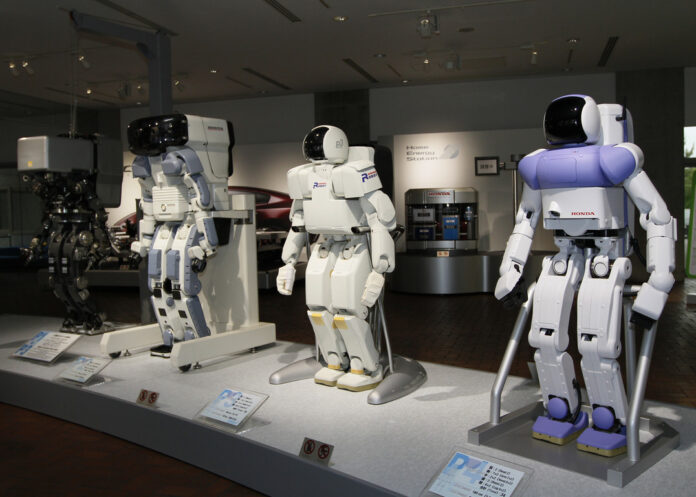Humanoid robots, once a staple of science fiction, are increasingly becoming a reality. As technology advances, these robots, which are designed to mimic human appearance and behaviors, are improving in sophistication and ability. This article delves into the current capabilities of humanoid robots and examines the potential developments we might see in the future, addressing the intriguing question: How close are we to creating robots that are truly human-like?
Understanding Humanoid Robots
Humanoid robots are engineered to resemble humans not only in appearance but also in functionality. They are equipped with bipedal structures that allow them to walk, arms that can manipulate objects, and artificial intelligence (AI) that can interpret and respond to human emotions and commands.
Current Capabilities:
- Movement and Navigation: Modern humanoid robots can walk, climb stairs, and carry out complex movements such as dancing and backflipping. Advanced balance systems and real-time adaptive control allow these robots to navigate varied terrains and environments.
- Interaction: Equipped with speech recognition and natural language processing, these robots can engage in basic conversations and perform customer service roles in public settings like banks, airports, and retail stores.
- Task Performance: From simple household chores to assembling complex machinery, humanoid robots are being trained to perform a broad range of tasks, aiming to increase efficiency and reduce human workload.
Technological Advances Driving Humanoid Robotics
Several technological advancements are propelling the capabilities of humanoid robots forward:
- AI and Machine Learning: AI is the backbone of humanoid robotics, enabling robots to learn from interactions and improve over time. Machine learning algorithms help robots understand and adapt to human emotions and behaviors.
- Sensor Technology: The integration of advanced sensors gives robots the ability to perceive their surroundings in detail, enhancing interaction capabilities and environmental awareness.
- Material Science: Innovations in materials contribute to more flexible and durable robotic frameworks, which mimic the softness and warmth of human skin, and musculoskeletal structures that imitate human flexibility.
Challenges and Limitations
Despite significant advancements, several challenges hinder the progress towards fully human-like robots:
- Complexity of Human Interaction: Human interaction is deeply complex, nuanced, and context-dependent. Robots still struggle with aspects of non-verbal communication and understanding contextual nuances in conversation.
- Ethical and Social Concerns: As humanoid robots become more integrated into daily life, ethical questions about privacy, autonomy, and the replacement of human jobs become increasingly pertinent.
- Technical Limitations: Power management, effective processing of sensory data, and the cost of production remain significant barriers to the widespread deployment of advanced humanoid robots.
The Future of Humanoid Robots
Looking to the future, we can anticipate several trends:
- Enhanced Cognitive Abilities: Future humanoid robots will likely possess improved cognitive functions, from problem-solving to decision-making, approaching the complexity of human thought.
- Greater Autonomy: Advancements in AI will enable robots to operate more independently in unstructured environments, making real-time decisions without human input.
- Emotional Intelligence: Researchers are focusing on emotional AI, aiming to equip robots with the ability to understand and appropriately respond to human emotions, enhancing their roles as caregivers or companions.
Conclusion
While we are not yet at the point of creating robots that fully emulate human behavior and appearance, the trajectory of humanoid robotics suggests that such a future is within reach. The ongoing advancements in AI, sensor technology, and material science are steadily closing the gap between robotic capabilities and human-like sophistication. As we venture further into this technological frontier, the potential applications and implications for humanoid robots in society continue to expand, promising a future where robots could become our assistants, caregivers, and perhaps even companions.





